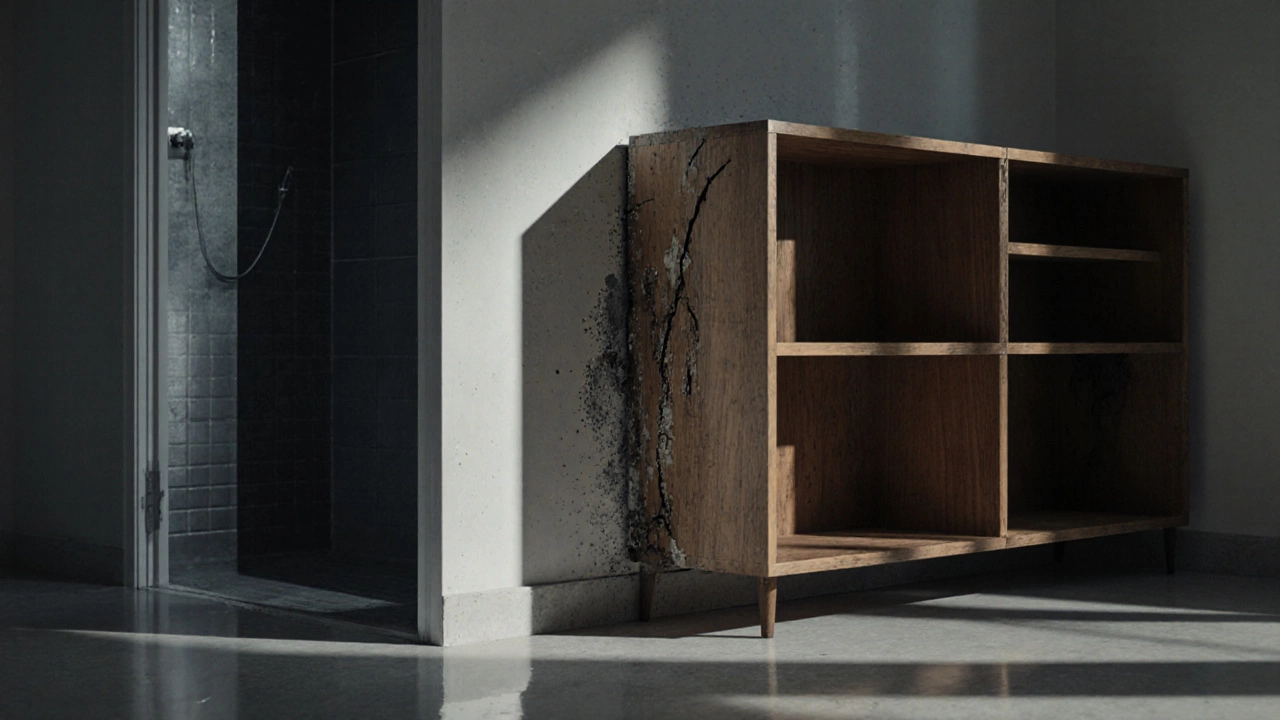Bookshelves Location: How to Choose the Perfect Spot in Your Home
When planning Bookshelves Location, the specific area where you place a bookshelf in a room. Also known as bookshelf placement, it determines how well the piece fits into your overall layout. Interior Design, the art of arranging spaces to be functional and aesthetically pleasing relies heavily on where you put storage units. Space Planning, the process of organizing furniture and fixtures within a given floor area is another key factor, because a well‑thought‑out bookshelf can free up floor space and create visual balance. Finally, Storage Solutions, methods and products that keep items organized and accessible become far more effective when the bookshelf sits in the right spot. Mastering the bookshelves location can dramatically improve flow, style and usability in any room.
First, think about the room’s main function. In a living room, a bookshelf often doubles as a media console, so positioning it near a TV or sofa creates a natural gathering zone. In a home office, placing the shelf opposite the desk boosts back‑to‑back focus and keeps reference books within arm’s reach. Home Organization, the systematic arrangement of items to reduce clutter and improve efficiency benefits when you consider traffic patterns – avoid blocking pathways or doorways. A common semantic triple here is: "Effective space planning requires proper bookshelf placement". Another is: "Bookshelves location influences interior design" because the visual weight of the unit can anchor a color scheme or highlight a wall. Lastly, "Strategic storage solutions are enhanced by thoughtful bookshelf location" underscores the practical payoff of careful positioning.
Next, evaluate the wall space and lighting. A tall, narrow shelf looks great on an empty wall that needs vertical interest, while a low, wide unit works well under a window to keep natural light flowing. If you have adjustable lighting, placing the bookshelf near a reading lamp or using built‑in LED strips adds functionality. For rooms with limited wall area, consider freestanding units that can be moved as needs change. This flexibility supports the semantic triple: "Bookshelves location enables adaptable interior design" and shows how placement ties into both aesthetics and utility.
Don’t forget the practical side of installation. When a shelf is wall‑mounted, you must check stud locations and use proper brackets to guarantee safety, especially for heavy loads. If you opt for a freestanding piece, ensure the floor can bear its weight and that the base sits level to prevent wobbling. These details link back to the earlier point that "space planning includes structural considerations". Moreover, knowing the room’s temperature and humidity helps protect books and collectibles from damage – a subtle but important aspect of storage solutions.
Finally, personalize the look. Mix books with decorative items, plants, or art pieces to turn the bookshelf into a focal point. The right location can highlight these accessories, making the whole space feel curated rather than cluttered. Remember that each adjustment you make—whether shifting a shelf a few inches or swapping a wall‑mounted unit for a freestanding one—creates a ripple effect across your interior design, storage strategy, and overall home organization.
Below you’ll find a hand‑picked collection of articles that dive deeper into timing furniture purchases, arranging sofas, budgeting wardrobes, protecting outdoor pieces, and more. These guides will give you concrete tips, real‑world examples and actionable steps to make the most of your bookshelf placement and the rest of your home’s layout.
Top Mistakes: Where Not to Put Your Bookshelves
Learn where NOT to put bookshelves, why those spots cause damage, and how to choose the perfect, safe location for lasting style.
View more